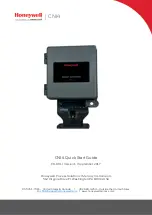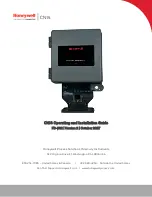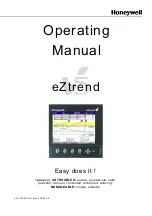
DTU2xx Data Logger Series
User Guide. r. 2.1 | 2021-11-10
Tel.: +420 538 890 720
10
e-mail: [email protected]
DTU2xx Interfaces and Wiring Diagrams
Universal GPIOs
The data logger has four independent GPIO inputs-outputs
(IO1-IO4),
that support the connection of a
wide range of meters and sensors. The inputs can be programmatically configured via the web interface
of
or using the DTU Configuration Tool software.
1.
Input types for connecting meters
Depending on the meter to be connected, when setting up the data logger, it is possible to select the
following input types:
Counting
- the type of input used when connecting pulse meters with a relay output to DTU,
as well as meters with a NAMUR standard output to control the loop integrity. The inputs are
configured to connect meters with a pulse repetition rate at the outputs of up to 100Hz.
High-frequency meter
(or HF pulse meter)
- the type of input used when connecting high-
frequency impulse meters to the data logger.
Connection. An example of a possible connection of meters to the data logger is given in figure below.
One wire of the meter is connected to one of the inputs
IO1 – IO4
. The other wire is connected to the
3.6V -
3.6V
low current output. The polarity of the wires is not taken into account when connecting.
Up to four meters can be connected to one data logger on one rail
.
After connecting the meters, each input must be configured via the
in the DTU Configuration Tool software. When configuring, you must select the type of input
(Pulse
meter or HF pulse meter)
and set the threshold resistance values at the input.
Depending on the type of meter, the data logger will record 2 or 4 states at the inputs:
closed and open
- if the meters are not equipped with a NAMUR circuit.
closed, open, short circuit (SC), open circuit
- if the meters have a NAMUR output.
ATTENTION!
When you select the type of input
HF impulse meter
, you do not need to set the threshold resistance
value, it will be adjusted automatically.
Fig. 5. Connecting meters to DTU2xx.







































